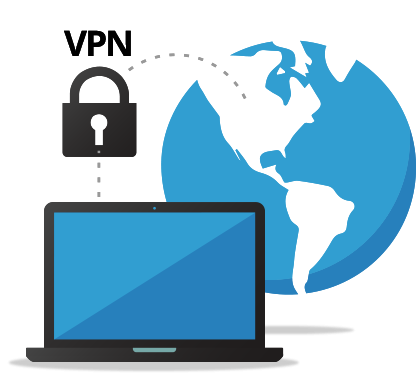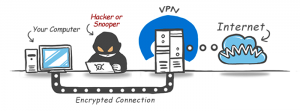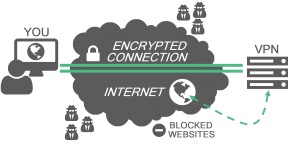
The Basics of Virtual Private Network, VPN.
 With the present technological advancement, internet connectivity has become very common. For example sharing information by Smartphone or tablets via the internet is very common. Unfortunately, these public networks have become very prone to hackers and thus stealing classified data. This is what has given rise to VPN’s. Virtual private networks allow companies or individuals to share information remotely on a protected personal network via a public network. In other words, VPNs ensures further security to your data, no wonder it is commonly used by firms trading in classified information, for example, the defense forces.
With the present technological advancement, internet connectivity has become very common. For example sharing information by Smartphone or tablets via the internet is very common. Unfortunately, these public networks have become very prone to hackers and thus stealing classified data. This is what has given rise to VPN’s. Virtual private networks allow companies or individuals to share information remotely on a protected personal network via a public network. In other words, VPNs ensures further security to your data, no wonder it is commonly used by firms trading in classified information, for example, the defense forces.
How VPNs work
To ensure that the packets of data to be transmitted are safe, it is first encrypted and encapsulated. The information

shared is then indecipherable unless with the appropriate encryption keys. This enables a point to point connection of the user’s computer and the main server using the internet secured by the private network. A remote VPN connection enables users to access a private network within the Internet. On the other hand, a remotely located office by means of router to router VPN connection is able to connect to the corporate network.
Remote access VPN enables alone computer owner to distantly access a private network. But first the remote VPN client must verify himself to the server and the VPN server also verify himself, before communication is established.
Site to site VPN enables the exchange of data between two private networks, like an organization and its distantly situated office using the wide area network link, WAN.
Network encapsulating techniques
To ensure that the crucial data to be shared is secure various techniques are employed;
• Point to point tunneling protocol, PPTP-the information or data is encapsulated before being sent, hence enabling the transmission of the data on a private network over the internet.
• IP security IPSec- The encryption can either be on the data packet wholesomely or exclusively on the data packet message
• L2TP and IPSec- here, the L2TP handles the tunneling while IPSec ensures the encryption and the safety channeling of the packets
• Secure Shell, SSH- here the system generates both the VPN tunnel and the encryption for self-defense. In this unencrypted data is routed through an unencrypted channel. The SSH connections are produced by the client and hence tunneling the data through the specified port.
• Secure sockets layer, SSL, and transport layer security, TLS- In simple terms; it relies on the handshake principle. The two systems in question first swap digital encryption keys and self-authenticates before a secure line of connection is established.
How safe are VPNs connections?
In comparison between channeling information through the public network without any encryption and sharing information through VPNs, the latter is more secure. The information shared through VPN is fairly secure depending on whether both the channel and the packet message are encapsulated or just one of them. If a virtual private network were not safe then fewer companies and individuals would have opted for it as a more secure means of communication. However, when using a VPN, choose a trusted service provider to avoid being hacked by perporting VPN companies.